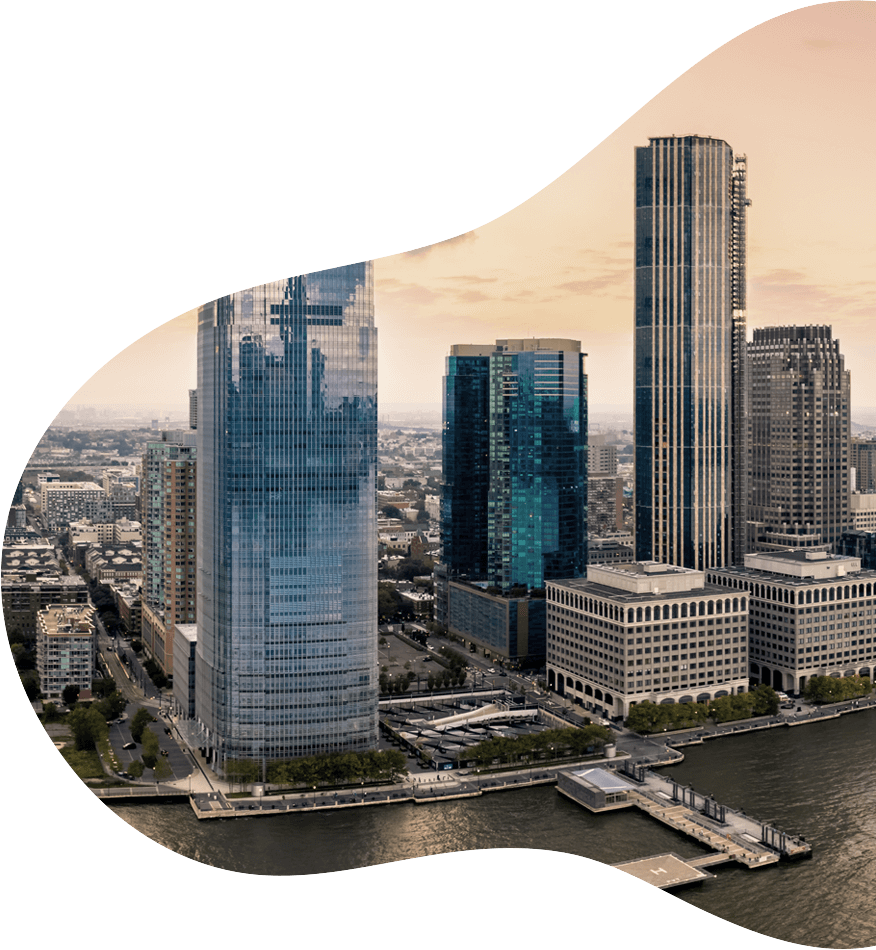
Blog
Working to achieve your dream body can be a fulfilling journey. You watch in the mirror as your results show a new version of yourself slowly appearing before your eyes. However, on the flip side, it can be downright frustrating when stubborn pockets of fat and tissue refuse to melt away despite your laborious efforts.
This is why in 1975, the father-son plastic surgeon team, Arpad and Giorgio Fischer, invented liposuction for the outer thighs. And a year later, French plastic surgeons, Illouz and Fournier developed a way to expand the usage to the entire body, with much success.
It’s not always in your own hands to reach the body shape you truly desire, but it’s still possible to get what you want. Let’s dive into what you can expect from modern liposuction, or lipo, to see if it’s the right choice to finally have the physique you envisioned.
What is Liposuction?
In short, liposuction is a body-sculpting surgery to remove excess fat that’s been unresponsive to diet and exercise, despite a great deal of effort. As easy as it is to put on fat, it can be downright impossible to remove it from certain areas of your body. This might be blamed on genetics, estrogen/hormone levels, age, or unknown reasons.
In all forms of lipo, subcutaneous fat is targeted right where it exists using a cannula, a small stainless steel tube inserted through an incision in the skin. The fat is then separated from the outer tissue and loosened for removal. It’s then suctioned through the cannula, then a long flexible plastic tube and into a vacuum pump and receptacle for storage and disposal.
While that’s the gist of it, a few lipo types vary by minor changes in the extraction methods, which offer various benefits. Let’s detail them below.
Types of Liposuction
Modern science has developed several types of liposuction methods, and these are the most common ones you’ll find in your research.
Traditional Liposuction
This is the most common type of lipo. It’s a straightforward procedure where your plastic surgeon executes the surgery as described above and is performed under general anesthesia.
Traditional liposuction is one of the less precise methods, so while it’s excellent for broader areas such as your bottom, thighs, legs, abdomen, back, or arms, it’s not recommended for the small or delicate chin or neck areas.
This tried and true procedure is the least expensive type of liposuction; however, many people will have several treatments to achieve their fully desired results. When not performed by an experienced, board-certified plastic surgeon, there’s a possibility for more bleeding and bruising than any other type of liposuction. There’s also the chance for a higher rate of dimpling or other imperfections.
Tumescent Liposuction
Tumescent liposuction is similar to traditional liposuction, but lidocaine and epinephrine are applied to swell fat cells, making them easier to remove through the cannula inserted into small incisions. This is often considered the gold standard in typical liposuction procedures.
Tumescent liposuction can be used on the same body parts as traditional liposuction but reduces bleeding and bruising and is one of the lower investment options for fat removal.
Laser-Assisted Liposuction
Laser-assisted liposuction is just what it sounds like– a laser is used to help break down fat cells through the suction cannula. It starts like traditional lipo with anesthesia, tiny incisions where the fat removal is wanted, and then the cannula and laser probe are inserted.
Lasers break down fat into liquid oil. Whatever liquefied fat is not suctioned through the cannula becomes absorbed by the body over time. The laser is very small, so only a tiny cannula is needed. As a result, this type of lipo uses even smaller incisions that heal quickly and without scarring for most patients.
Lasers are small and easy to control, making this type of liposuction a precise option. Your surgeon can fine-tune the most natural results anywhere on your body, even your face, neck and chin. Many people who get laser-assisted lipo report that their skin becomes firmer, whereas traditional lipo can leave sagging skin behind.
Ultrasound-Assisted Liposuction
This type of liposuction is sometimes used alongside traditional liposuction. High-frequency ultrasound waves create energy in the targeted tissue, dissolving fat cells for easier removal.
Ultrasound-assisted liposuction is most often used to treat more rigid fat, typically on backs, side hips or saddlebag areas and the male chest, where traditional lipo is more complicated. A larger fat volume can be safely removed using this liposuction.
Smart Lipo
SmartLipo also uses lasers but differs from traditional laser-assisted liposuction because it uses two frequencies. This is an exciting feature since one liquefies the fat, and the other tightens tissues and skin in the area and stimulates collagen production– it’s like two sculpting procedures in one.
Smart Lipo is also the most precise liposuction on the market, which means you can get sculpting in any area of your body, including your face, while expecting a tighter and smoother result. Smart Lipo sees results much faster; only one treatment is sufficient for many people. It also boasts the shortest recovery time of any liposuction.
Is Lipo Safe?
Liposuction is considered a safe procedure, in the top six performed cosmetic surgeries for both men and women in the United States. In 2021, almost a half million were performed in one form or another, according to statista.com.
Does Liposuction Work?
Yes! Liposuction is one of the most performed plastic surgeries, with good reason. The results are visible and can be dramatic to subtle. Generally, the maximum amount of fat that might be removed with liposuction is around 5000 ml or 11lbs, and you can expect to lose around an inch for every five pounds of fat lost.
Of course, as with any procedure, this varies case by case and your surgeon will go over what you can personally expect, but guarantees cannot be promised where cosmetic treatments are concerned.
Is Liposuction Painful?
For most versions of lipo, you’ll be under anesthesia during your surgery and shouldn’t experience any pain or discomfort. Local anesthetic is rendered in any other procedures.
During post-surgery recovery, expect temporary, moderate soreness easily diminished by pain medication prescribed or recommended by your surgeon.
Recovery After Lipo
The recovery time for most lipo procedures typically takes four – twelve weeks, depending on the extent of your surgery and how you tend to heal. Full results become finalized by the six-month mark.
Most patients return to work and normal activities after just a few days. Avoiding heavy lifting or exercise for the first two weeks is recommended, possibly beyond, depending on your circumstances.
Smart Lipo recovery time is the shortest, with most patients only missing one to two days of work and returning to other more vigorous activities sooner.
How Long Does Liposuction Last?
The results of lipo can be permanent. This mostly depends on how committed you are to caring for your health in the months and years after your surgery. The removed fat cells never regenerate and won’t grow back in the area where liposuction has been executed.
However, you can gain fat cells in other places around your body where lipo wasn’t performed. Be sure to maintain your slim figure with a healthy lifestyle that includes regular exercise and a nutritious diet.
Noninvasive Options for Body Sculpting
If the idea of surgery isn’t for you, consider noninvasive body contouring. These methods are performed in the office with only local anesthesia and offer skin tightening and fat removal in smaller areas.
South Shore Plastic Surgery offers CoolSculpting and EndyMed options to fine-tune and contour your body without major surgery.
How Much Does Liposuction Cost?
The cost of your liposuction will vary depending on the procedure type, and the time you’ll be in surgery. At your initial consultation, you’ll discuss the scope of your needs. If you elect to add a tummy tuck or mommy makeover procedure simultaneously, that becomes a consideration of your final price.
Costs may also include the location of your surgery, how many staff members are needed for surgical and nursing support, anesthesiology fees, and all prep and post-op care. Schedule your consultation with board-certified Dr. Vasisht to learn the possibilities and determine the costs involved with your liposuction.
Will Insurance Help Cover the Costs of Liposuction?
South Shore Plastic Surgery doesn’t currently accept insurance. Liposuction surgeries are considered elective cosmetic procedures by most insurance carriers and aren’t covered. Be sure to call yours to verify the possibility of your eligibility for reimbursements on any portion.
Visit South Shore Plastic Surgery for Your Liposuction Procedure and Get Your Dream Body, Now!
We’re proud to offer both laser-assisted lipo, Smartlipo and noninvasive lipo techniques with our board-certified plastic surgeon, Dr. Vasisht. If you’re a resident of south New Jersey and are considering liposuction, contact South Shore Plastic Surgery at (856)-784-2639 or visit here to schedule your consultation. You won’t regret it!

